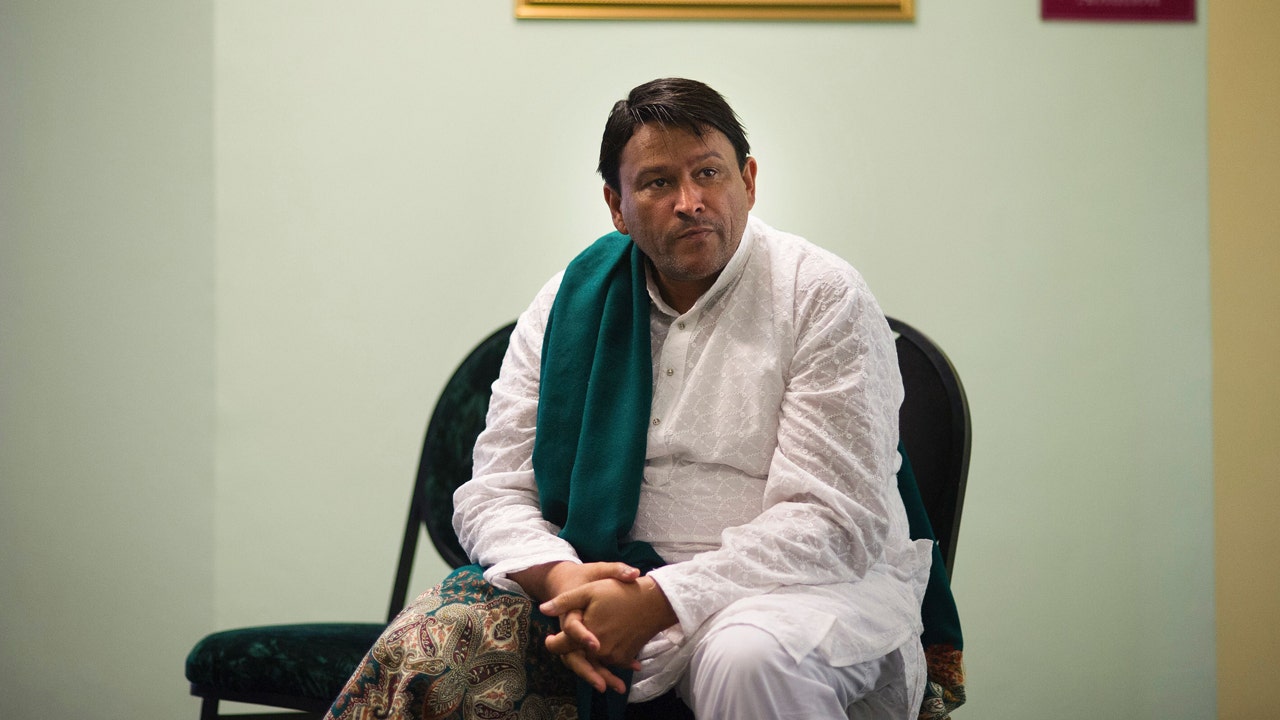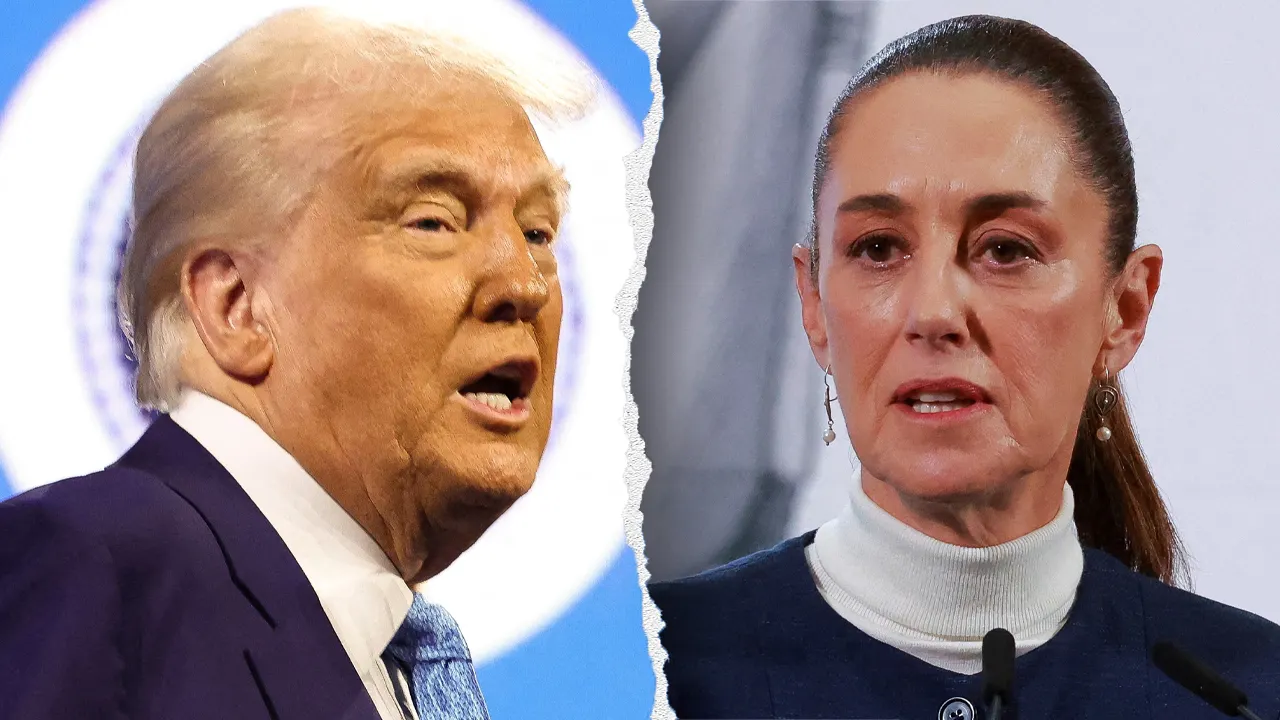A number of North Korean soldiers have been killed or injured by land mines in the Demilitarized Zone that divides the Koreas since late last year, when the North began sending them into the buffer zone to do construction work, the South Korean military said on Tuesday.
The work has been underway since November, when North Korea suspended a 2018 agreement with the South to cease all hostile activity around the DMZ, the South’s military said. It said the troops had been sent into the North’s half of the 2.5-mile-wide buffer zone for work that included rebuilding military guard posts that the North demolished under that deal.
The North had pressed on with the work despite “many deaths and injuries” caused by several land mine explosions, the South’s military said, without providing further details.
The South’s military mentioned the casualties as it announced that a group of North Korean soldiers had briefly entered South Korean territory on Tuesday, crossing the military demarcation line that is the official border within the DMZ. It was the second such incident this month; about 20 soldiers did so on June 9, some carrying small arms and others only construction tools, the military said.
On both occasions, the soldiers retreated after the South fired warning shots, according to the military, which said it considered the intrusions unintentional. The border line is not always clearly visible; there are markers at intervals, but some are missing because of floods or a lack of maintenance, and the line is particularly easy to miss in the summer when vegetation is thick, officials say.
But the episodes added to a sense of tension that has grown between the Koreas in recent weeks, with North Korea using balloons to dump trash on the South and South Korea retaliating by briefly using loudspeakers to blare propaganda into the North.
The DMZ was created as a buffer between the countries’ two armies after a truce halted the Korean War in 1953. It is heavily strewed with mines, many of them dating to the war. Both Koreas have often lost civilians and soldiers to the mines there.
During the Cold War, both sides used loudspeakers and balloons to send propaganda across the border, but they agreed to de-escalate such activity after the first inter-Korean summit meeting in 2000.
In recent years, however, North Korean defectors living in the South have been using balloons to send leaflets into the North that are sharply critical of its leader, Kim Jong-un, and his government. That has infuriated Pyongyang, which cited the balloons as a factor when it blew up a building on its territory where officials from both Koreas used to meet.
South Korea later banned sending propaganda balloons into the North. But its Constitutional Court struck the ban down, and the defectors resumed their balloon campaign in recent weeks. In response, North Korea began sending hundreds of its own balloons, carrying not propaganda literature but common trash like cigarette butts and compost.
The North’s recent activities at the border are part of a broader policy of confrontation with South Korea and its American allies since 2019, when the personal diplomacy between Mr. Kim and then-President Donald J. Trump broke down. Since then, Mr. Kim has renounced all dialogue with Seoul and Washington and doubled down on building more nuclear missiles, threatening to use them against the South should war break out again in Korea. In recent years, he has deepened ties with Russia, a Cold War-era ally.
The South’s military said the North Korean construction work within the DMZ — which has included building new tank traps and planting fresh land mines — could also be an attempt to keep his soldiers and other North Koreans from fleeing to South Korea through the buffer zone.






